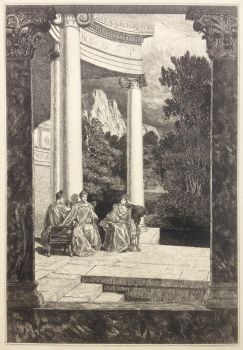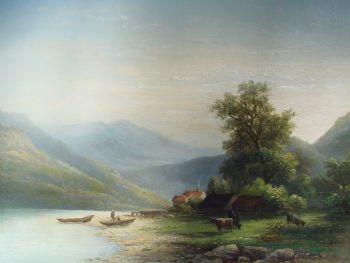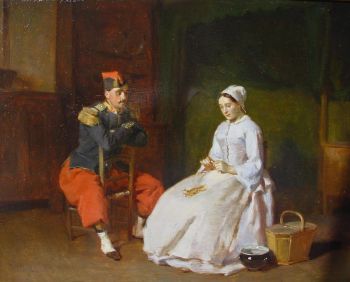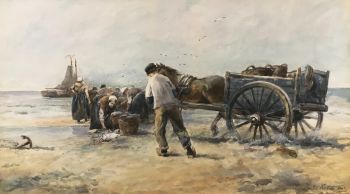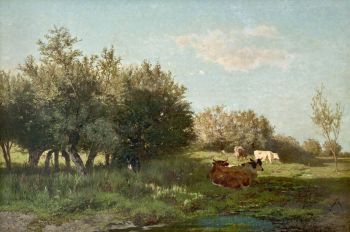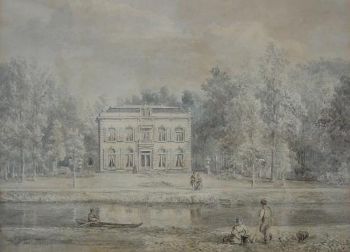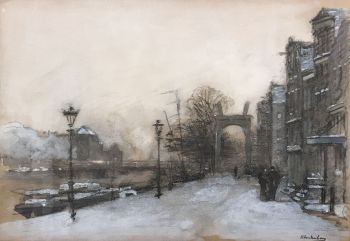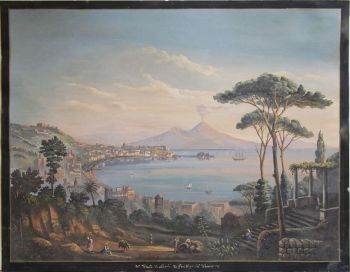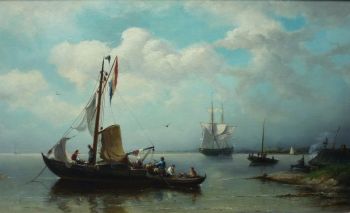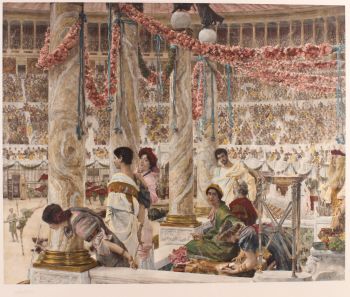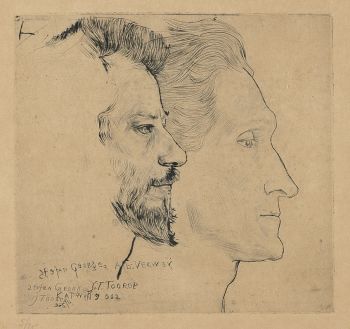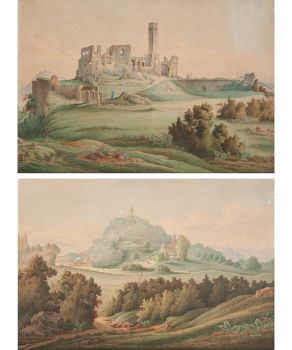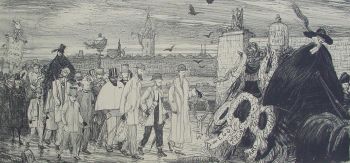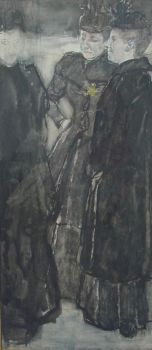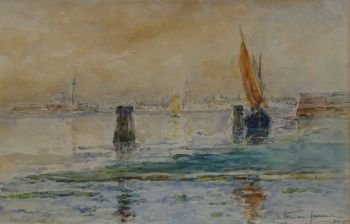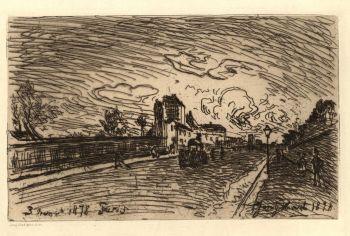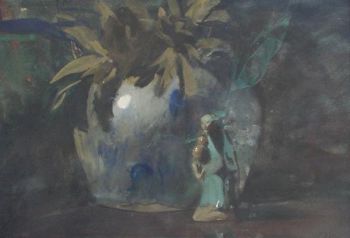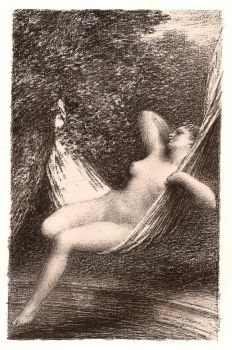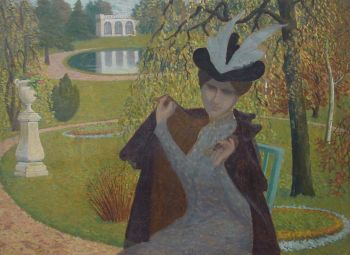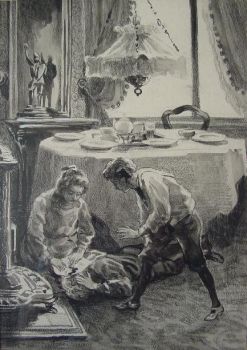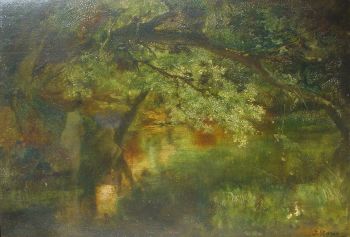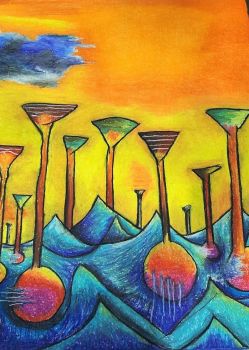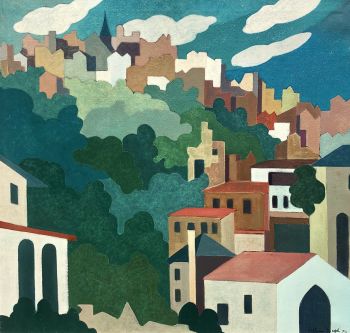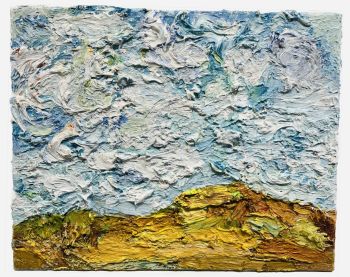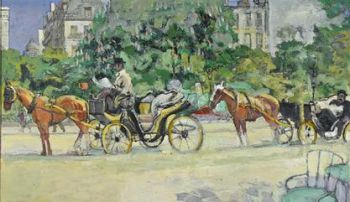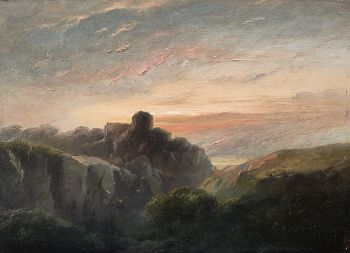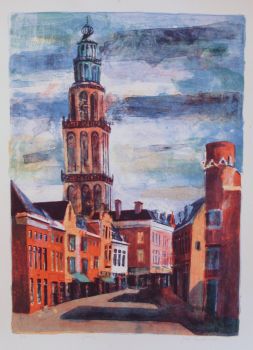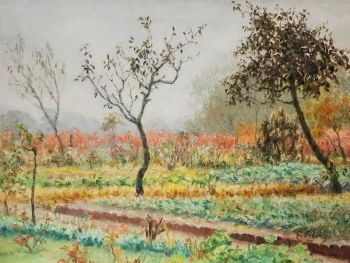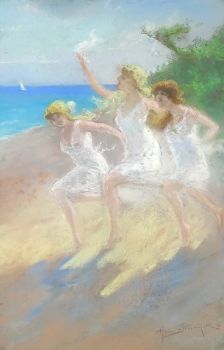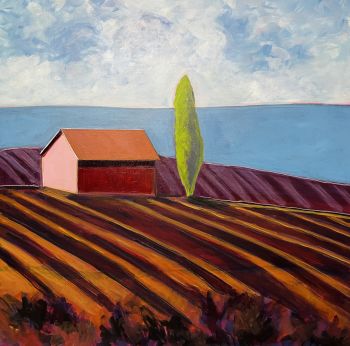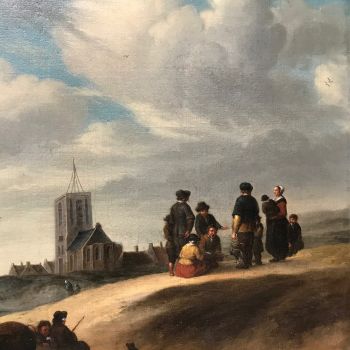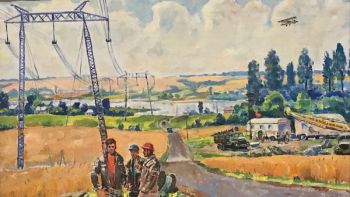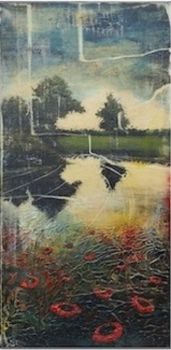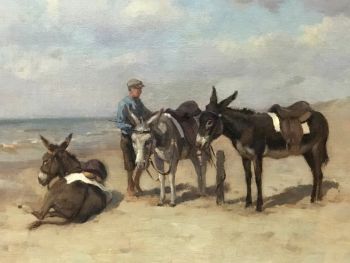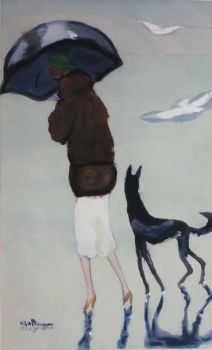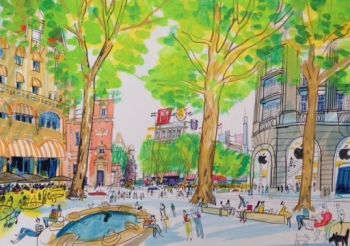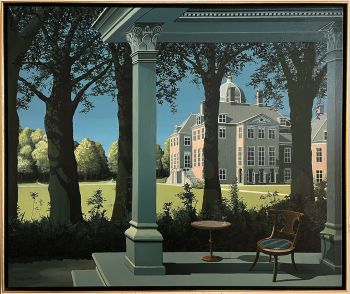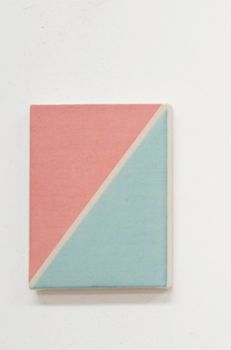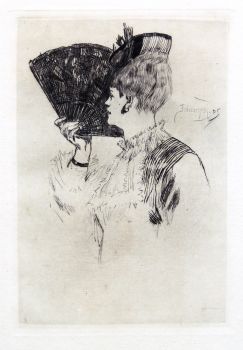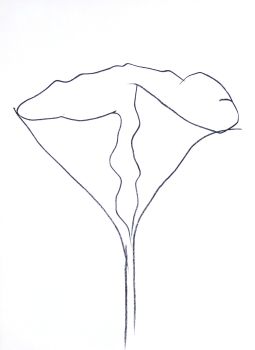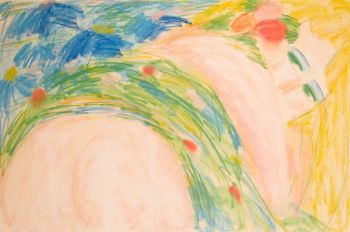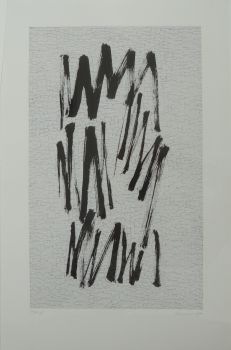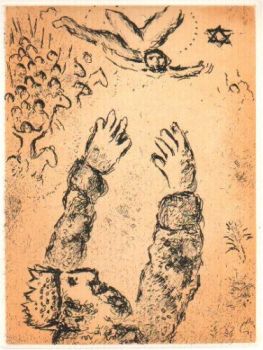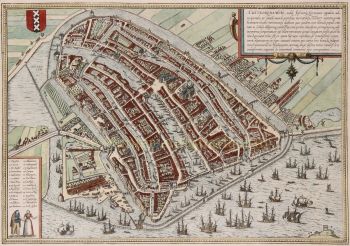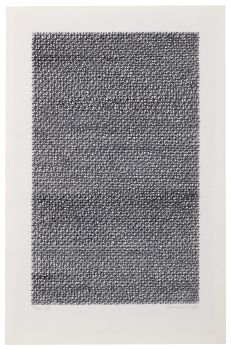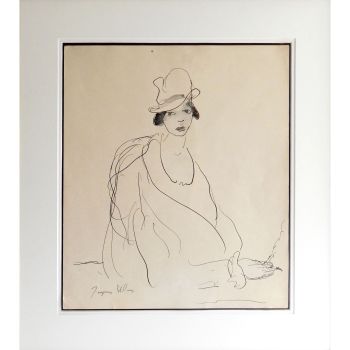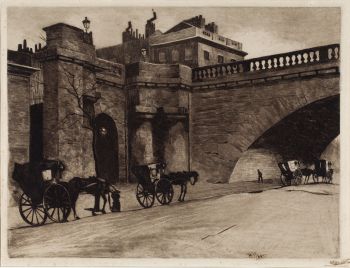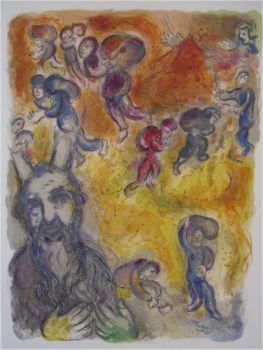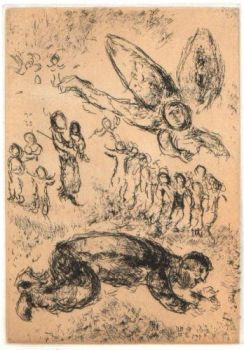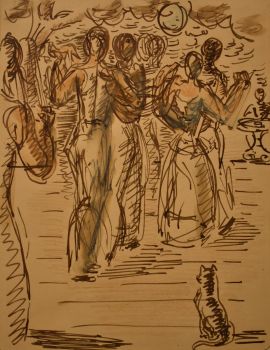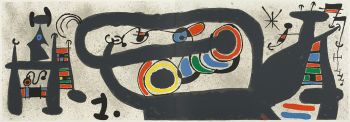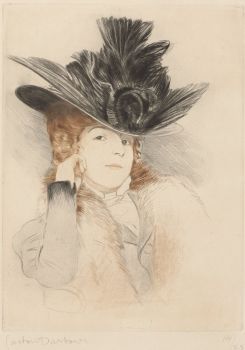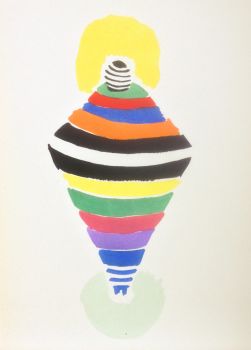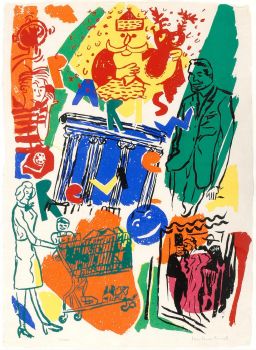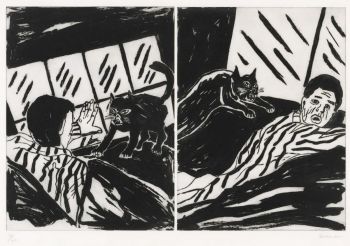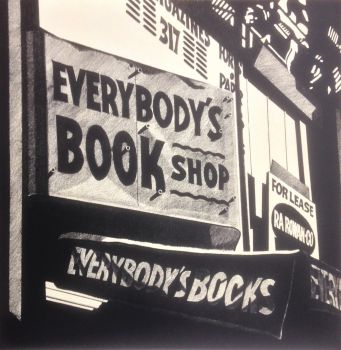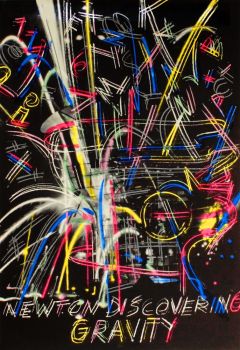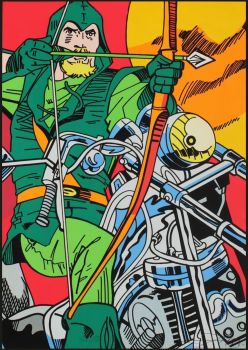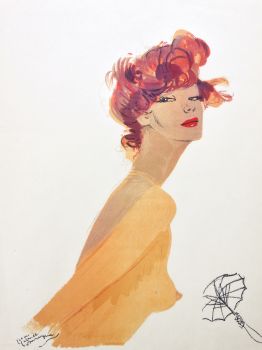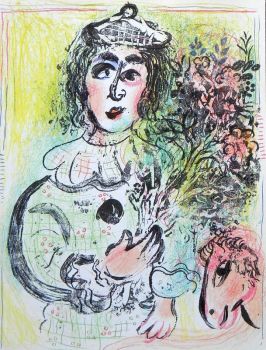Bergsturz /Landslide 1880
Max Klinger
Ink
43 ⨯ 30 cm
Price on request
Hans den Hollander Prints
- About the artworkmedium: Etching/aquatint
plate VI from Intermezzi, Opus IV
paper: china supported on a heavy sheet of antique-white wove
reference: Singer 57
publisher: Theodor Stroefer
Exhibition:
Boijmans van Beuningen
A Glove: Prints by Max Klinger
28 January – 14 May 2017
The virtuoso German printmaker, painter and sculptor Max Klinger inspired both Giorgio de Chirico and the early Surrealists. In January the Print Room will be exhibiting an unusual series of prints by Klinger from its own collection, with a glove in the leading role. - About the artist
Max Klinger (1857, Leipzig –1920) was a German symbolist painter, sculptor, printmaker and writer. He studied in Karlsruhe, was an admirer of the etchings of Menzel and Goya, and he became soon a skilled engraver himself. He began creating sculptures in the early 1880s. From 1883–1893 he lived in Rome, and became increasingly influenced by the Italian Renaissance and antiquity. His best known work is a series of ten etchings entitled Paraphrase on the Finding of a Glove (1881). These pictures were based on images which came to Klinger in dreams after finding a glove at a rink. The plates suggest various psychological states or existential crises faced by the artist’s protagonist. Klinger traveled around the art centres of Europe for years before returning to Leipzig in 1893. Since 1897 he mostly concentrated on sculpture; his marble statue of Beethoven was an integral part of the Vienna Secession exhibition of 1902. Klinger was cited by many artists as being a major link between the Symbolist movement of the 19th century and the start of the Surrealist movements of the 20th century.
Are you interested in buying this artwork?
Artwork details
Related artworks
- 1 - 1 / 1
Corstiaan Hendrikus de Swart
Mountain landscape with Lake1838 - 1900
Price on requestKunsthandel Pygmalion
Lawrence Alma-Tadema
"Caracalla and Geta: Bear Fight in The Colloseum, AD 203" 1907
Price on requestGallerease Selected
 Curated by
Curated byDanny Bree
1 - 4 / 24Carel Nicolaas Storm van 's Gravesande
View on Venice1841 - 1924
Price on requestKunsthandel Pygmalion
Jan Voerman sr
Still Life with flowers in a Chinese figurine1850 - 1900
Price on requestKunsthandel Pygmalion
Albert Clouard
Élégante à la cape (Elegant lady with a cloak)1866 - 1900
Price on requestKunsthandel Pygmalion
Jan Sluijters
Original illustration of Sluijters for the book: 'Laura's opstel'1881 - 1957
Price on requestKunsthandel Pygmalion
1 - 4 / 24- 1 - 4 / 24
Willem Witsen
Waiting carriages in front of Waterloo Bridge1850 - 1900
Price on requestKunsthandel Pygmalion
1 - 4 / 24- 1 - 4 / 12


